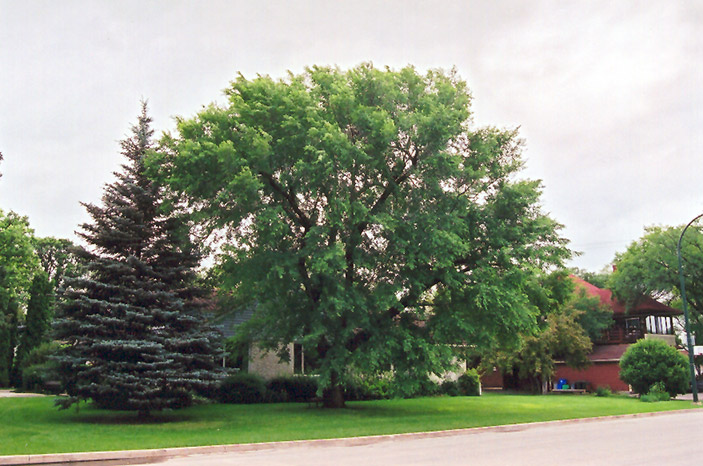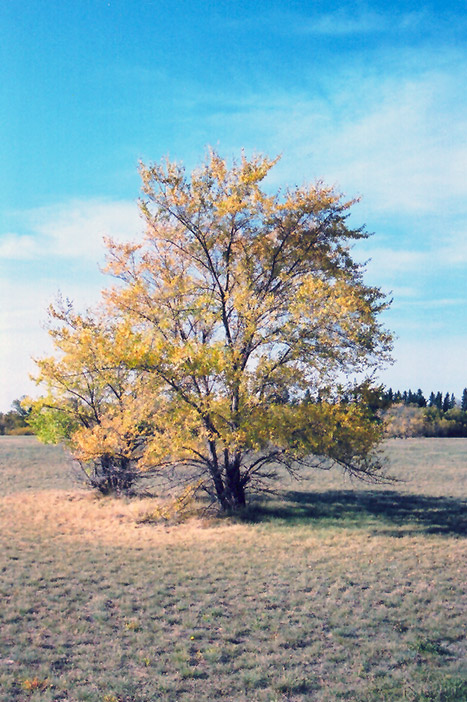Plant Finder
Height: 50 feet
Spread: 40 feet
Sunlight:
![]()
Hardiness Zone: 2a
Description:
One of the most vigorous and adaptable of all large trees, this sometimes weedy tree is nonetheless indispensable for the toughest and most difficult locations where it will thrive; makes a great windbreak and can even be used as a large hedge
Ornamental Features
Siberian Elm has dark green deciduous foliage on a tree with a round habit of growth. The small serrated pointy leaves turn lemon yellow in fall. However, the fruit can be messy in the landscape and may require occasional clean-up.
Landscape Attributes
Siberian Elm is a deciduous tree with a more or less rounded form. Its relatively fine texture sets it apart from other landscape plants with less refined foliage.
This is a high maintenance tree that will require regular care and upkeep, and is best pruned in late winter once the threat of extreme cold has passed. Gardeners should be aware of the following characteristic(s) that may warrant special consideration;
- Messy
- Invasive
- Insects
- Disease
Siberian Elm is recommended for the following landscape applications;
- Shade
- Hedges/Screening
- Windbreaks and Shelterbelts
Planting & Growing
Siberian Elm will grow to be about 50 feet tall at maturity, with a spread of 40 feet. It has a high canopy with a typical clearance of 7 feet from the ground, and should not be planted underneath power lines. As it matures, the lower branches of this tree can be strategically removed to create a high enough canopy to support unobstructed human traffic underneath. It grows at a fast rate, and under ideal conditions can be expected to live for 50 years or more.
This tree should only be grown in full sunlight. It is very adaptable to both dry and moist locations, and should do just fine under average home landscape conditions. It is not particular as to soil type or pH, and is able to handle environmental salt. It is highly tolerant of urban pollution and will even thrive in inner city environments. This species is not originally from North America.


